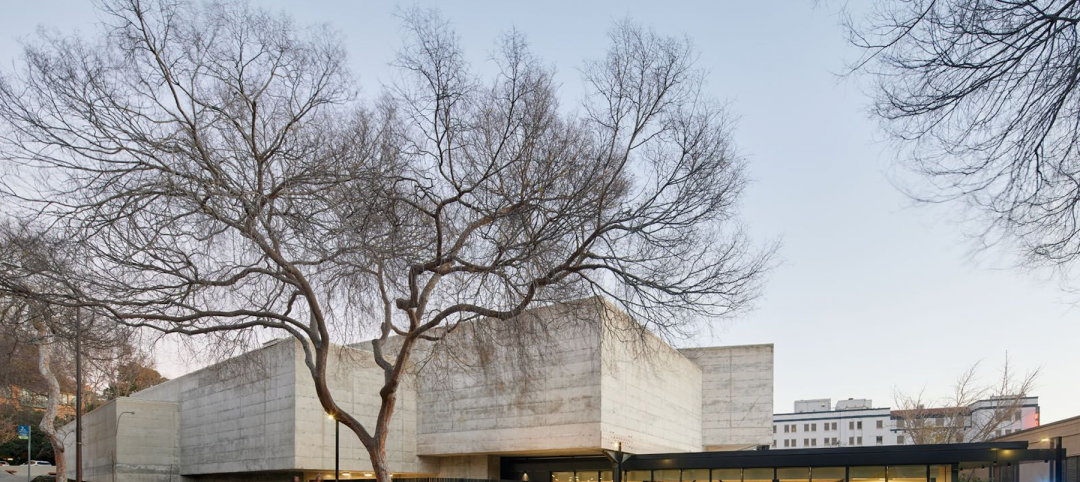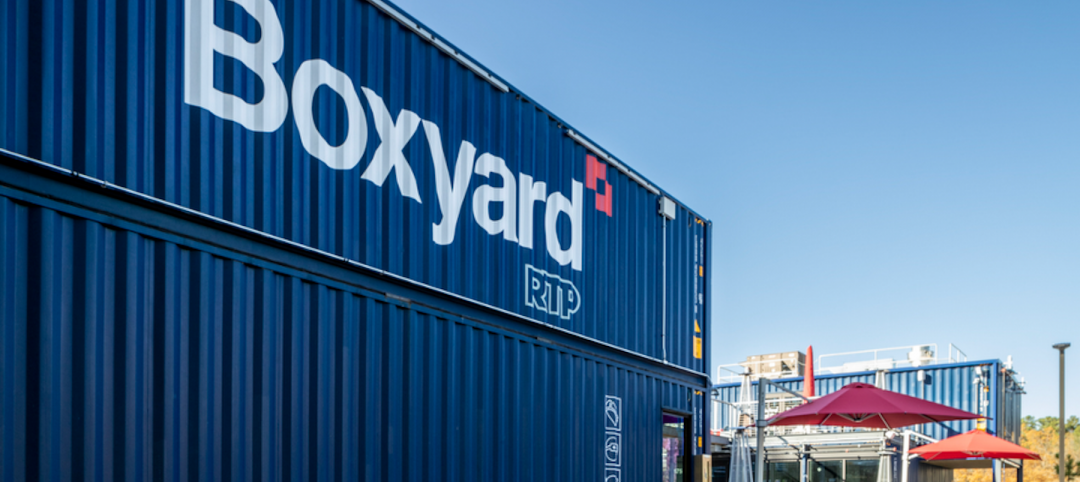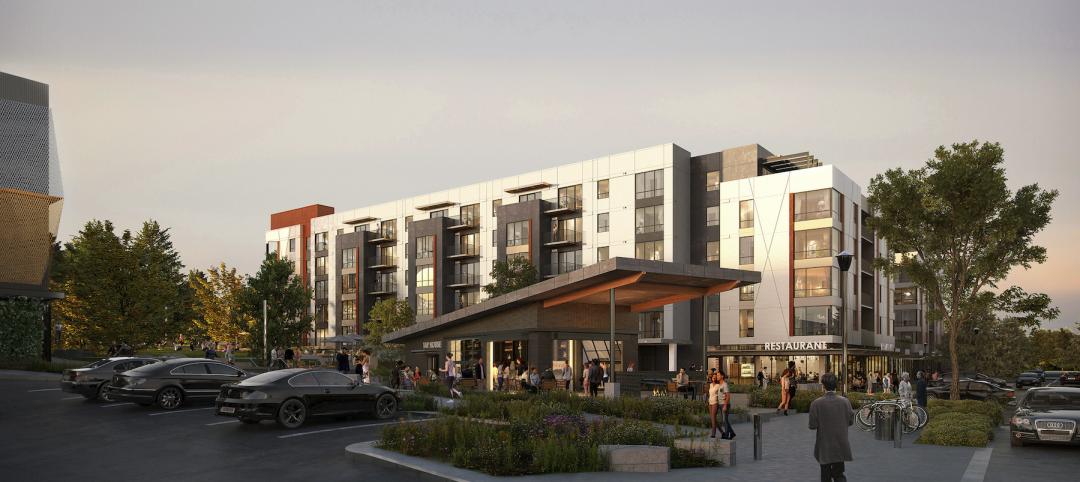The complete findings from our inaugural Giants 300 Technology and Innovation Study will be available soon at BDCnetwork.com/2019TechSurvey. This 12-question survey was emailed to all 486 firms that participated in BD+C’s 2019 Giants 300 Report; 130 firms completed the tech survey, for a participation rate of 26.7%.
The objective of the study was to gain a deeper understanding of the state of AEC technology adoption and innovation initiatives at the nation’s largest architecture, engineering, and construction firms. There are dozens of takeaways from this study, including which tech tools are being used most frequently, and which tools offer the best ROI (see our recap on page 40).
One takeaway that stood out for me was the astonishingly high adoption rate of offsite construction among the general contractors and construction management firms. Of the 35 GCs and CMs that participated in the survey, 25 firms (71.4%) indicated that they use offsite/prefab construction on projects, and, incredibly, nearly half (45.7%, or 16 firms) use offsite construction on “all” or “many” projects.
Of the 10 firms that currently are not implementing offsite construction on projects, three firms are pilot-testing offsite processes and four are considering the approach for future application. That leaves just three firms (8.5%) that indicated they have zero interest in offsite construction—which means we’re looking at an adoption rate of more than 90% among the nation’s largest GCs and CMs.
When asked to pinpoint the single most significant AEC technology innovation their firm has initiated in the past year with positive results, DPR Construction’s National Director of Innovation, Kaushal Diwan, cited the use of multitrade/multiscope prefabrication through its strategic partnership with Phoenix-based prefab provider Digital Building Components: “The ability to take more complex work offsite while other work proceeds, then bring ready-to-install elements to the site is a significant advance in the use of prefabrication. With the existing labor shortage and desire to still have speed-to-market, we think we’re only beginning to see the possibilities.”
Speed, quality, advanced coordination, and schedule gains are commonly cited as benefits of offsite construction. But what about hard-dollar ROI?
“Our current metrics savings show that prefabricating with Digital Building Components offsite saves 10–20% on overall cost,” said Diwan. “It can save time by improving installation efficiency by 20–30%, and it increases quality by reducing rework to less than 1%.”
The caveat, added Diwan, is that these results “are only possible through deep adoption and integration with virtual design and construction and robotics technology, which Digital Building Components uses.”
Related Stories
Coronavirus | May 20, 2022
Center for Green Schools says U.S. schools need more support to fight COVID-19
The Center for Green Schools at the U.S. Green Building Council released a new report detailing how school districts around the country have managed air quality within their buildings during the second year of the COVID-19 pandemic.
Regulations | May 20, 2022
Biden’s Clean Air in Buildings Challenge aims to reduce COVID-19 spread
The Biden Administration recently launched the Clean Air in Buildings Challenge that calls on all building owners and operators, schools, colleges and universities, and organizations to adopt strategies to improve indoor air quality in their buildings and reduce the spread of COVID-19.
Building Team | May 20, 2022
Caltech breaks ground on a new center to study climate and sustainability
The California Institute of Technology (Caltech) recently broke ground on its Resnick Sustainability Resource Center.
Laboratories | May 20, 2022
Brutalist former Berkeley Art Museum transformed into modern life science lab
After extensive renovation and an addition, the former Berkeley Art Museum and Pacific Film Archive at the University of California, Berkeley campus reopened in May 2022 as a modern life science lab building.
Sports and Recreational Facilities | May 19, 2022
Northern Arizona University opens a new training center for its student athletes
In Flagstaff, Ariz. Northern Arizona University (NAU) has opened its new Student-Athlete High Performance Center.
Energy-Efficient Design | May 19, 2022
Shipping containers used to build Research Triangle Park’s first community gathering space
Shipping containers were the prominent building material used to construct Boxyard RTP, the first public community and gathering place in North Carolina’s Research Triangle Park (RTP).
Mixed-Use | May 19, 2022
Seattle-area project will turn mall into residential neighborhood
A recently unveiled plan will transform a 463,000 sf mall into a mixed-use destination site in the Seattle suburb of Bellevue, Wash.
Codes and Standards | May 19, 2022
JLL launches non-profit aiming to mitigate climate change
Real estate and investment management firm JLL recently launched JLL Foundation, a non-profit dedicated to making a long-term impact on environmental sustainability.
Office Buildings | May 19, 2022
JLL releases its 2022 Office Fit Out Guide
JLL’s 2022 Office Fit Out Guide report provides benchmark costs to build out a range of office types across major markets in the United States and Canada.
Biophilic Design | May 18, 2022
Horticulturalists conduct research study to understand the value of biophilic design
Benholm Group, horticulturalists that have pioneered the use of plants for interiors over the past 27 years, are collaborating on a research study to understand the value of biophilic design, according to a news release.

















